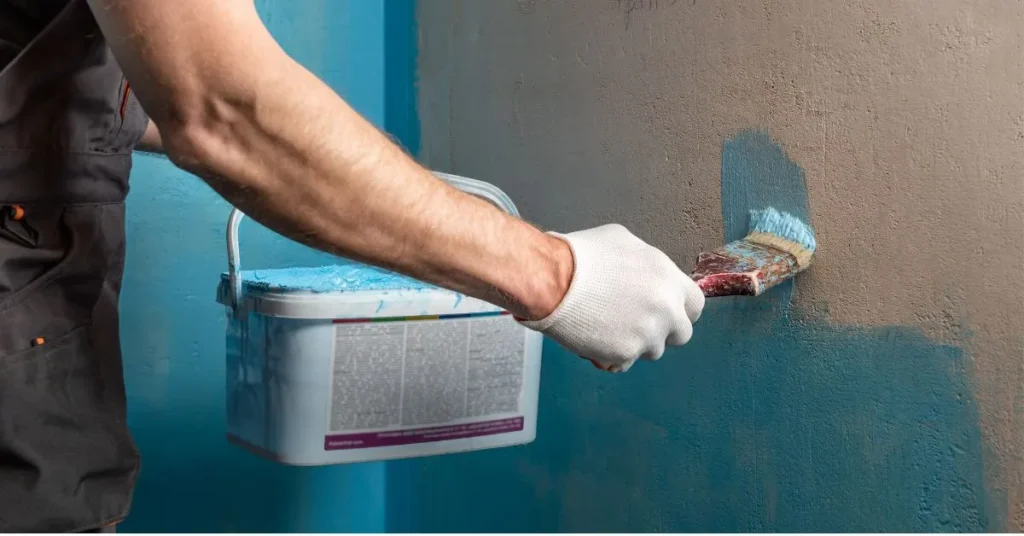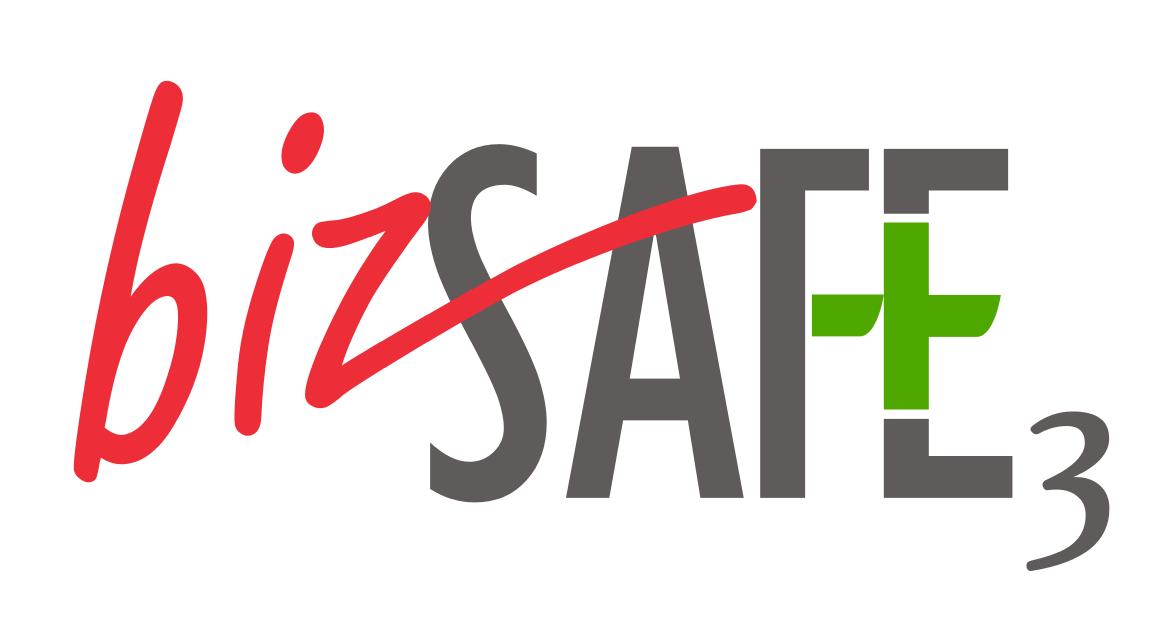
If you can avoid common mistakes in bathroom waterproofing, this will solve a lot of future costs. I’ve seen a lot of people don’t take action before and find issues like poor finish or water getting in the floor.
To get rid of mishaps, you’ll need to prepare, pick the right stuff, and follow the instructions carefully. Plus, you’ll need to allow the product to dry properly, give attention to structural concerns, and follow the building codes. And, seek expert advice when needed.
Don’t worry if you have no clue about this matter! Here, I’ll explain the mistakes that you should avoid when waterproofing your bathroom. Let’s Go!
The Common Mistakes to Avoid in Bathroom Waterproofing in Singapore!
Have you ever tried to make your bathroom waterproof but ended up facing some surprising issues? Don’t worry, you’re not alone. It happens due to all the bathroom waterproofing mistakes. Let me share them below:
1. Not Getting Prepared
Sometimes, before making your bathroom waterproof, you might forget to do some important things. This happens a lot and many people make the same mistake. Here are some examples:
- Forgetting to Clean: If you don’t clean the bathroom surface properly before applying the waterproofing stuff, it won’t stick well. Even if you try to put it on, it won’t last long.
- Not Sealing Well: If you don’t seal pipes and drains tightly, water can find its way in. This can mess up the waterproofing and cause it not to work as it should.
2. Picking the Wrong Product
Using the wrong waterproofing material, like a PU sealant, can lead to leaks. Your bathroom has different areas like the floor and the walls of the shower. Each part needs the right material to make sure water doesn’t get through. Like:
- Using tiles on floors to waterproof it.
- Using sealant on walls to watertight it.
Choosing the right stuff stops weak spots or places where the waterproofing might not work well. When you buy it, make sure to check the label and pick one made for bathrooms.
3. Putting it On the Wrong Way
If you don’t follow the instructions when putting on the waterproofing, it might not work well. You’ll end up with weak spots where water can get in.
- Not Using Enough Layers: If you don’t put on enough layers on the bathroom floor, it won’t be strong. This will leave gaps where water can seep through.
- Forgetting Some Areas: Missing important places like corners, joints, and around fixtures means water can still find its way in. It’s like leaving a door open for water to come in.
4. Not Letting It Dry Properly
After you put on the waterproofing, you need to give it time to dry. It usually takes more than 30 minutes or more to dry. If you don’t let it dry properly, it won’t stick well, and the tiles or sealant might not hold properly.
5. Ignoring Structural Points
Sometimes, when you’re making your bathroom waterproof, you need to consider the important structural stuff. This can help a lot to avoid problems in bathroom areas.
Experts say it’s best to fix any problems in your bathroom spots before waterproofing it. Here are some things people often neglect:
- No Slope for Water: If the floor doesn’t slope down towards the drain, water can gather in one spot. This can mess up the waterproofing.
- Not Testing for Leaks: After waterproofing, you should test it by flooding the area to see if any water leaks through. You might not notice issues until it’s too late.
- Not Checking Properly: If you don’t look carefully for mistakes or problems while you’re working, you might miss something big. That can cause problems later, like leaks or weak spots.
6. Not Following the Building Requirement
One big mistake that a lot of folks make when waterproofing a bathroom is forgetting to check building requirements. This can cause many issues in the future and cause you to spend 5x times more if not follow the building requirements.
If you don’t waterproof the bathroom properly, it can cause some serious damage, such as:
- Water can seep into the walls or floors and make them weak.
- Water can cause mold and dirt to build on the walls and other surfaces.
- Wet spots can become a breeding ground for mold and mildew.
- People might get sick, and the building materials could get damaged.
- If water spills out of the bathroom and into other nearby homes, it can cause damage there too.
- The paint on the walls or ceiling might start coming off or forming bubbles.
- The tiles might sound empty or make a drum-like noise when you tap them.
- You might notice water marks on the ceiling.
- Black mold might begin growing on the grout and tiles.
- You can smell musty stuff in the bathroom that sticks around.
7. Not Getting Help from an Expert
Trying to waterproof your bathroom without knowing how can make a big mess. If you don’t know what you’re doing, you might make mistakes that let water damage happen.
It’s better to ask for help from someone who knows how to keep your bathroom safe from water. You can talk to experts or hire someone like Allseal Waterproofing who knows how to do it right.
Ending Notes
Your bathroom should be comfy, not a spot where water issues occur and give you a hard headache. Just be sure to avoid common mistakes in bathroom waterproofing!
By doing so, you’re making sure your bathroom stays strong and dry for a long time with no leak, damage, or internal issues.
Take your time to get ready, pick the right stuff, and follow the steps closely. You’ll thank yourself later for a bathroom that stays nice and dry. Hope this guide helps you to know the mistakes to avoid for a perfect bathroom waterproofing!

